At a Glance
Quick Tips
- Scout and learn the unit, its big country
- Have a detailed map that shows road access
- Let optics cover the ground for you
- Plan to hunt all or as much of the season as possible
- Located near Capitol Reef National Park


Thousand Lakes, Utah, is primarily a general season unit, experiencing significant hunting pressure, especially after converting from a limited entry to general tag. Hunters note a high influx of dedicated hunters, which can make the area feel crowded and lead to frustration, as experienced by some in previous hunts. For those with many preference points, considering other comparable units might be more worthwhile, given that the buck:doe ratio here is managed similar to other general areas in the region. For early-season archery or muzzleloader hunts, focus on less accessible northern parts of the unit and consider bivy-style hunts to escape the crowds; utilizing the extensive trail and road network for strategic positioning can be beneficial.
With views of Capitol Reef National Park from Thousand Lake Mountain, this unit not only holds good herds of mule deer but is absolutely beautiful. With good public access and moderate terrain, this area gives hunters a fun and enjoyable hunt.
A general deer unit, managed for hunter opportunity, this unit still holds good bucks. In recent years the number of mature bucks has been growing. There is also good public access in this unit.
A smaller unit with only one mountain range, the Thousand Lake Mountain. A flat top plateau that leads to red rock canyon country to the east and to farmland in the south and west. Off of the mountain are rolling ridges and creek drainages covered in thick conifer forests. There are also some small mountain lakes.
Much of the unit is part of the Fish Lake National Forest or desert land managed by the BLM, giving great public access. Road access is avaliable on all sides of the unit with well-maintained dirt roads leading to less-maintained 4-wheel drive roads or ATV trails.
The low elevations on this unit have dry, desert rolling hills and flats. Some grass, prickly-pear cactus and sage brush with scattered pinyon pines and juniper trees. Middle elevations are covered in ponderosa pines, oak brush and sagebrush. The higher elevations have scattered aspen groves with steep slopes covered in conifer forests.
Most hunters camp along roads, there are several locations that have good flat camping locations for travel trailers or tents. There are a couple of designated campgrounds open to the public. Torrey, Loa and Bicknell are the nearest towns with some offering lodging, but it’s limited.
Roughly 520 square miles
94% public land
Elevation from 6,700-11,306 feet
ATVs recommended
4-Wheel drive recommended
Arrive early for better camping locations
Expect to camp near other hunters